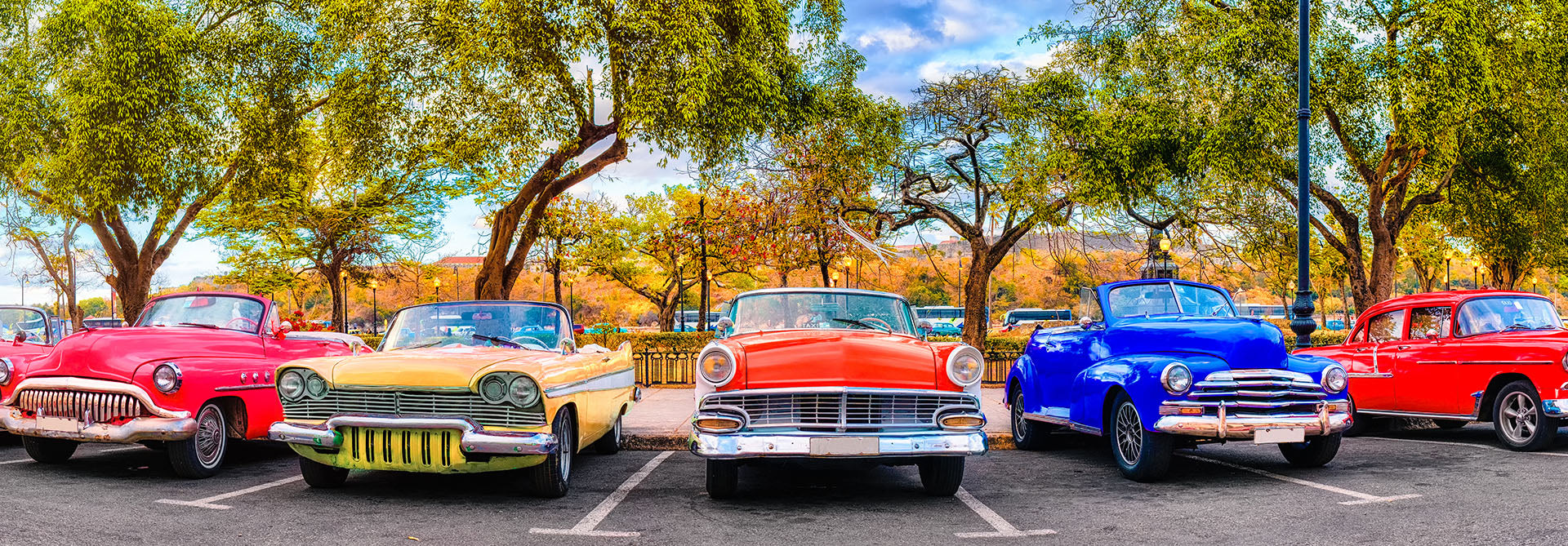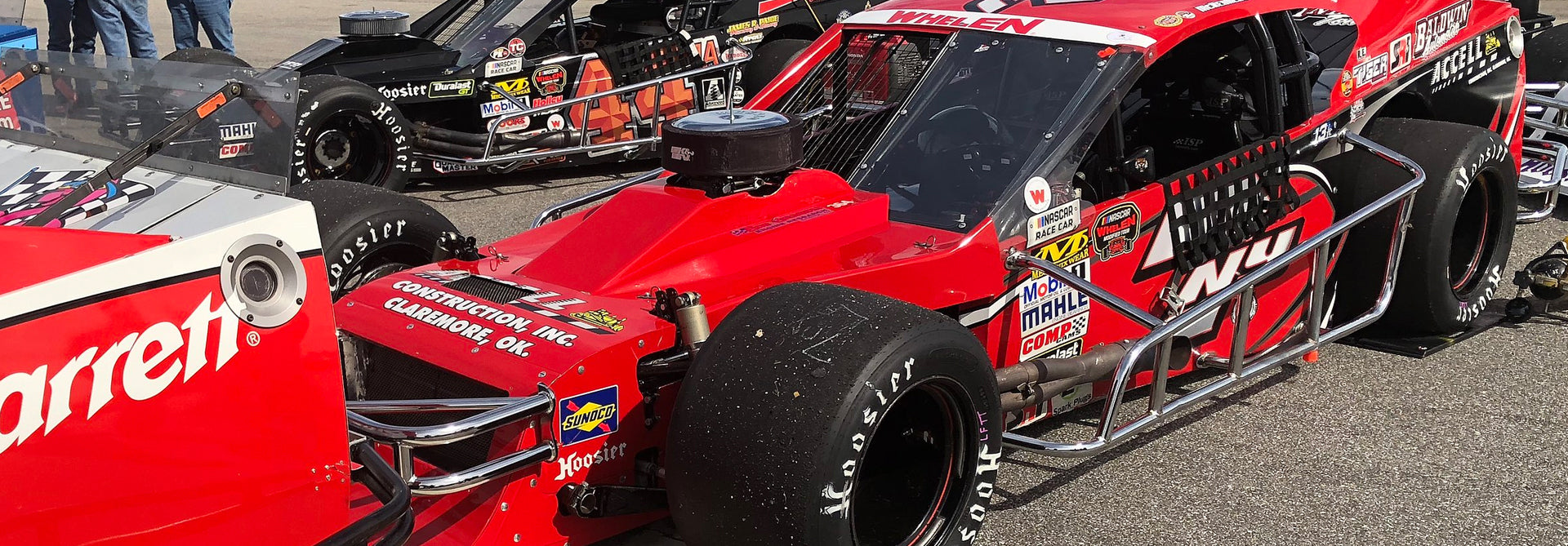Welding opens up so many possibilities when it comes to automobiles. It allows you to break out from the mold, redefine the shape of your vehicle or fabricate all sorts of modifications that wouldn’t be possible otherwise. However, when done incorrectly, welding can both ruin your car and be a danger to yourself and others. Here’s the most common mistakes welders make during automobile welding and how to fix them.
Things are Heating Up
When it comes to welding automobiles, your biggest nemesis will always be heat. Heat will cause you to burn through panels and warp your material. The trick is to simply be strategic and smart about how and where you place your beads.
If you’re MIG welding, heat can be particularly difficult. When working on any sort of sheet material, it’s best to use a strategy of only welding in one spot for a second before allowing it to cool down. If possible, you can bounce around from area to area so you’re not just sitting there, waiting for spots to cool down.

TIG welding does offer some advantages when it comes to heat management, as TIG can often do the same job as MIG but with fewer amps. That being said, you’ll benefit from mastering a pedal. This tool allows you to adjust your amps mid-weld. That way, you can alter your power as you weld to only produce the exact amount of heat you need at that very moment.
Finally, if possible, use clamps anytime you can. Clamps help hold the shape of your piece, preventing it from contorting due to warpage.

“My Back!”
Automobile welding is both less dangerous and more dangerous than you think. Compared to other hobbies or professions, it’s actually safer than carpet cleaning (according to the bureau of labor statistics). However, you’re still dealing with heavy and dangerous equipment, and injuries happen way too often.

Most mechanics and car enthusiasts are very careful about any situation where a car can fall and crush them. In particular, anytime they’re working under a vehicle. While these gruesome deaths are often thought to be the #1 concern, there’s other injuries you should also be aware of.
The most common injury is a little surprising: strains, muscle tears and back injuries. In other words: too much heavy lifting gone bad. It makes sense when you think about it. While working on your vehicles, how much manual labor is involved? Lugging around parts or equipment, jacking up your car, holding tools in awkward positions for extended lengths of time… it can all add up.
To prevent injuries, the best advice is to be smart about how you lift. A lot of the more serious automobile shops have started recommending their employees begin the day with some stretching. It might seem silly, but it can go a long way in preventing tears and strains.

For back injuries, remember to lift with the legs and find a partner to help you carry heavy objects. If you think about the body like a car, our backs really aren’t the best weight-bearing structures. They’re designed to flex, with a lot of small intricate moving parts. On the other hand, our haunches consist of an incredibly sturdy femur bone and some of the strongest muscles on the human body—a much better option for lifting.
Eye injuries are also another common accident. It all comes down to having a good welding helmet and keeping it on. Some welding helmets are too bulky for working in the tight spaces around a vehicle. If you find yourself getting your helmet caught, we’d recommend checking out some helmets with thinner profiles, such as ESAB’s Sentinel A50 helmet.
Understand Your Vehicle
The final most common automobile welding mistake comes from simply not understanding the structure and limits of your vehicle. For instance, it’s actually quite common for someone to weld a d-ring shackle at a non-weight-bearing part of the vehicle. There’s plenty of videos out there of people winching entire chunks of their car off because of a poorly placed shackle.

Another less common, but devastating mistake is when a welder doesn’t realize how the frame of their vehicle works to support the majority of the car's load. Unless you’re a skilled automobile welder, we would never recommend altering or adjusting the frame of your vehicle. This is even more important for newer vehicles, which are often built with an intricate frame that’s designed to crumple around the passengers.
While the list of common automobile welding mistakes could fill volumes, being aware of and trying to prevent the issues mentioned above can take a lot of frustration out of your life, both in the short term and down the road. For more useful tips on automobile welding, check out our list of how-to articles here.







